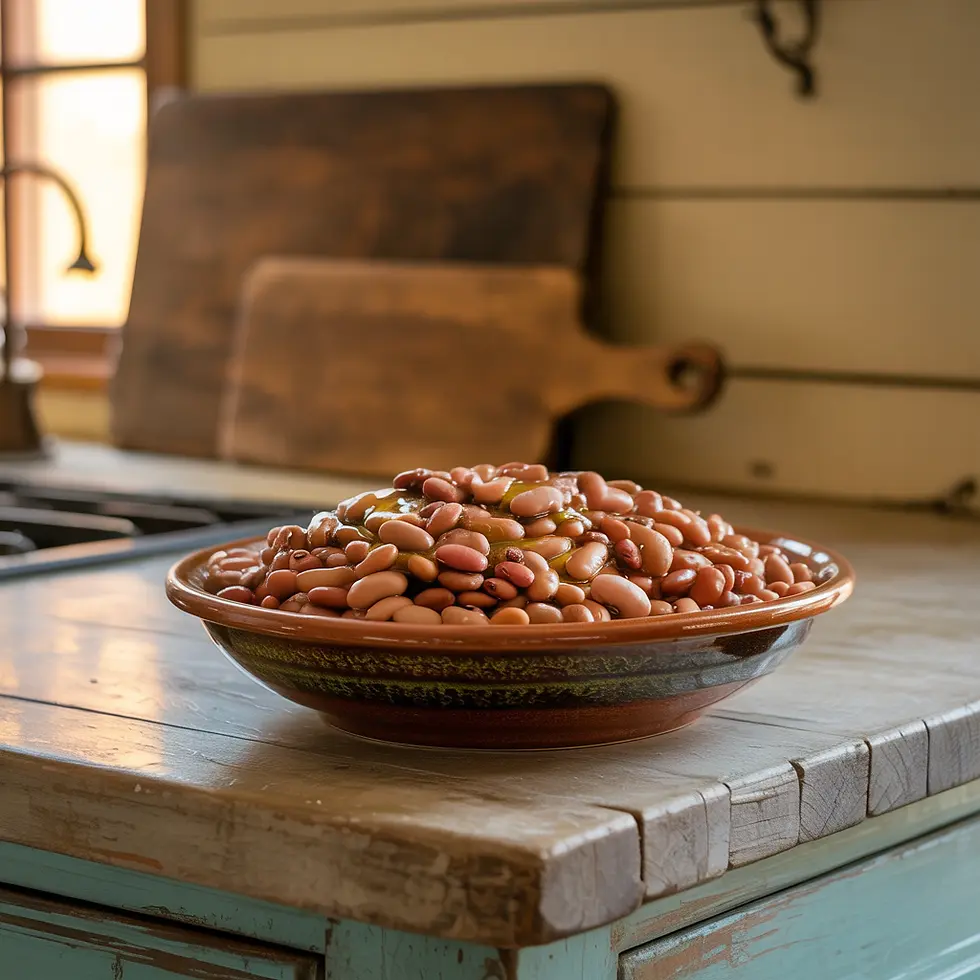Urban Gardening with Grow Bags: Maximizing Small Spaces
- Jennifer Reyes

- Mar 29
- 4 min read
Updated: 4 days ago
This blog contains affiliate links. If you make a purchase through these links, I may earn a commission at no extra cost to you.
Urban gardening is a growing trend, allowing city dwellers to cultivate fresh produce and greenery even in limited spaces. Whether you have a tiny balcony, rooftop, or just a small patio, grow bags offer a flexible, space-efficient, and affordable solution for turning your urban space into a thriving garden.
Grow bags offer several advantages for small-space gardeners:
Space-Saving – Can be placed on balconies, windowsills, and rooftops.
Lightweight & Portable – Easy to move around for better sunlight exposure.
Improved Drainage & Aeration – Prevents overwatering & healthier root growth.
Affordable & Durable – A cost-effective way to create a productive garden.
6 Types of Grow Bags to Get You Started In Your Urban Garden Today
1. Fabric Grow Bags
These breathable bags are made from nonwoven fabric, allowing excess water drainage and preventing root circling.
Pros: Excellent aeration, prevents overwatering, promotes strong root growth.
Cons: Requires more frequent watering due to high drainage.
Best For: Tomatoes, peppers, herbs, potatoes, and leafy greens.
2. Plastic Grow Bags
Made from polyethylene or polypropylene, these bags are durable and often used in nurseries.
Pros: Retains moisture better than fabric, reusable, lightweight.
Cons: Less aeration, can lead to root circling if not well-drained.
Best For: Tomatoes, cucumbers, flowers, and small fruit trees.
3. Biodegradable Grow Bags
Eco-friendly bags made from coconut coir, jute, or paper-based materials that decompose naturally over time.
Pros: Sustainable, transplant-friendly (can be planted directly into the soil).
Cons: Limited lifespan, may break down quickly in wet conditions.
Best For: Seedlings, herbs, and small vegetables like lettuce and radishes.
4. Self-Watering Additions for Your Grow Bags
Designed with slow-release terra cotta, reducing the need for frequent watering.
Pros: Great for dry climates, conserves water, prevents overwatering.
Cons: More expensive, limited in sizes.
Best For: Herbs, tomatoes, cucumbers, and moisture-loving plants.
5. Raised Bed Grow Bags
Large, rectangular grow bags designed to mimic raised garden beds.
Pros: Easy setup, no digging required, ideal for small spaces.
Cons: Requires more soil, may need additional support.
Best For: Root vegetables (carrots, beets, radishes), leafy greens, and strawberries.
6. Hanging Grow Bags
Vertical grow bags with built-in pockets, often used for space-saving gardens.
Pros: Saves space, great for small gardens and balconies, easy harvesting.
Cons: Requires frequent watering, limited root space.
Best For: Strawberries, tomatoes, herbs, trailing flowers like petunias.
7. Potato/Tomato Grow Bags
Specialized grow bags with side flaps or extra depth for deep-rooted plants.
Pros: Easy harvesting (potatoes), deep-root growth, promotes higher yields.
Cons: Requires proper drainage and frequent watering.
Best For: Potatoes, tomatoes, carrots, and onions.
Choosing the right type of grow bag ensures optimal growth and a successful harvest. Several advantages of grow bags for a small garden space are:
Space-Saving – Can be placed on balconies, windowsills, and rooftops.
Lightweight & Portable – Easy to move around for better sunlight exposure.
Improved Drainage & Aeration – Prevents overwatering & better root health.
Affordable & Durable – A cost-effective way to create a productive garden.
Setting Up an Urban Grow Bag Garden
1. Choose the Right Location
Find a spot with 6+ hours of sunlight (balcony, patio, rooftop, or windowsill).
Consider using vertical racks or wall planters for extra space.
2. Select the Right Grow Bags
Fabric Bags: Best for most vegetables and herbs.
Plastic Bags: Good for retaining moisture in hot climates.
3. Use High-Quality Soil
A mix of potting soil, compost, and perlite ensures good drainage and nutrients.
Add slow-release fertilizers or organic compost for better plant growth.
4. Watering & Maintenance Tips
Water early in the morning to prevent evaporation.
Grow bags dry out faster—check moisture levels daily.
Add a mulch layer to retain moisture.
5. Maximize Vertical Space
Use hanging grow bags or wall planters for strawberries and herbs.
Add trellises for climbing plants like cucumbers and beans.
6. Rotate & Reuse Grow Bags
Rotate crops each season to prevent soil depletion.
Empty and clean fabric bags for reuse each year.
I truly enjoy stepping onto my patio and selecting fresh ingredients to incorporate into my daily cooking. There is something especially rewarding about using homegrown herbs—they are incredibly versatile and can enhance both the flavor and nutritional value of any dish or beverage. One of my favorite ways to enjoy them is by preparing a soothing cup of tea with freshly minced ginger, a slice of lemon, honey, and fragrant lemon thyme from my patio or kitchen garden. The result is both delicious and comforting. With just a few plants and a small space, the possibilities for fresh, homegrown flavors are endless. I hope that these tips help you with getting started on your urban gardening journey. Have fun with it, and as always, happy planting!!
Jennifer
This blog contains affiliate links. If you make a purchase through these links, I may earn a commission at no extra cost to you.











Comments